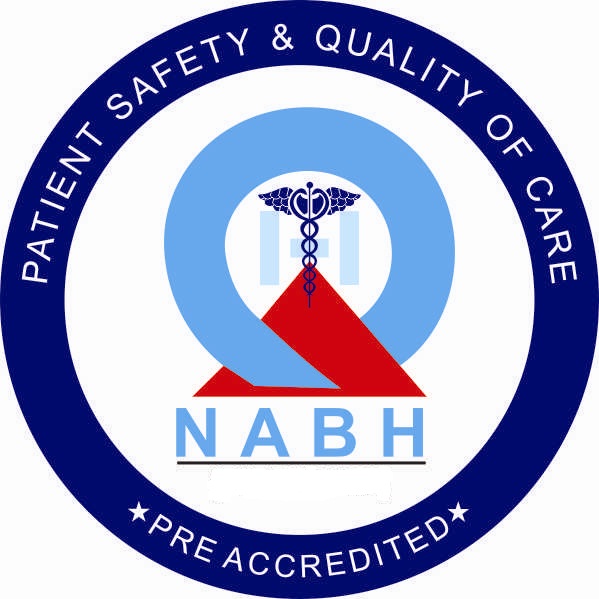The term ‘Phimosis’ derived from Greek word for ‘muzzling’ has been widely applied to narrow foreskin. It is essential to understand normal appearance in a newborn child to know when Phimosis is abnormal or when it will require surgery
- What is a normal foreskin?
- Is it normal to have a non-retractile foreskin?
- Is it advisable to practice retraction to make it better?
- When is Phimosis a true problem?
- What is Circumcision?
- What does a circumcision involve? Are there any complications?
- Are there any alternatives to circumcision?
What is a normal foreskin?
The skin over the tip of penis normally folds on itself as a sleeve and attaches to the head of penis. This extra skin is called foreskin. In newborn babies the under surface of the foreskin is fused to the head of penis. Because of this in 95% of newborn babies the foreskin can not be pulled back. This is referred to as ‘physiological phimosis’ or ‘non retractile foreskin’. However as they gets older it separates slowly; upto 1-2 years of age, 50% of boys have a foreskin that can be pulled back; and by 15 years almost 90% have normal adult pattern.
Is it normal to have a non-retractile foreskin?
Up to 1-2 years of age there is a variable proportion of foreskin adherence to the penis. Sometimes there can be accumulation of white discharge called ‘smegma’ giving the appearance of ‘white pearls’ under the skin. Some times the foreskin balloons as the boy passes urine but there is no other problem. These are entirely with in the normal limit and should not be a cause of concern.
Is it advisable to practice retraction to make it better?
If parents resort to the practice of retraction exercises, they might overdo and can cause soreness and bleeding. Also excessive retraction with damage heals with scarring leading to real phimosis. Boys older than 7 years of age can attempt self retraction at bath. However it is essential to put it back after retraction, as skin left retracted can result in swelling called ‘paraphimosis’.
When is Phimosis a true problem?
- Scarring of the skin at the tip
- Recurrent infections
- Straining and only dribbling when passing urine
- Para phimosis (swelling and inability to put back the pulled foreskin)
What is Circumcision?
Circumcision is one of the oldest operations known to mankind. It basically involves removing the excess skin at the tip of the penis. There are several reasons for doing circumcision
- As a treatment: in true Phimosis
- As a preventive step: In children with recurrent urine infections (circumcision reduces the risk of cancer penis, sexually transmitted disease)
- For religious reasons: in Muslims and Jews
- Social reasons: ‘to look like Daddy!’; ‘to look like brother’
- As a routine: in some countries circumcision is performed routinely
What does a circumcision involve? Are there any complications?
Circumcision in children is usually done under general anesthesia, as a day case procedure. The operation lasts for around 30 minutes. The stitches are dissolvable and need not require removal. There can be a variable degree of swelling and the penis may look ugly for 2 weeks. As the head of penis has not been exposed, it undergoes drying and scabbing over it. Bleeding is a rare complication and usually settles spontaneously. The urinary opening on the penis can become narrow, especially if there is a skin problem called BXO. If this develops, it might require dilatation under general anesthesia.
Are there any alternatives to circumcision?
In an operation called ‘prepucioplasty’ the narrow ring of skin is divided across and sutured along. This widens the narrowing without removing the foreskin. For this operation to be successful, the boys need to self retract after the operation for 2-3 months
Key Points
- Non-retractile foreskin can be a normal developmental process in boys under 1 years of age.
- Circumcision is indicated if there are recurrent infections, or if there is narrowing with scarring.
- Circumcision is a safe operation that can be performed with out the need for over-night stay.
- For a good cosmetic result, and minimal complications, it has to be performed by a well trained surgeon


